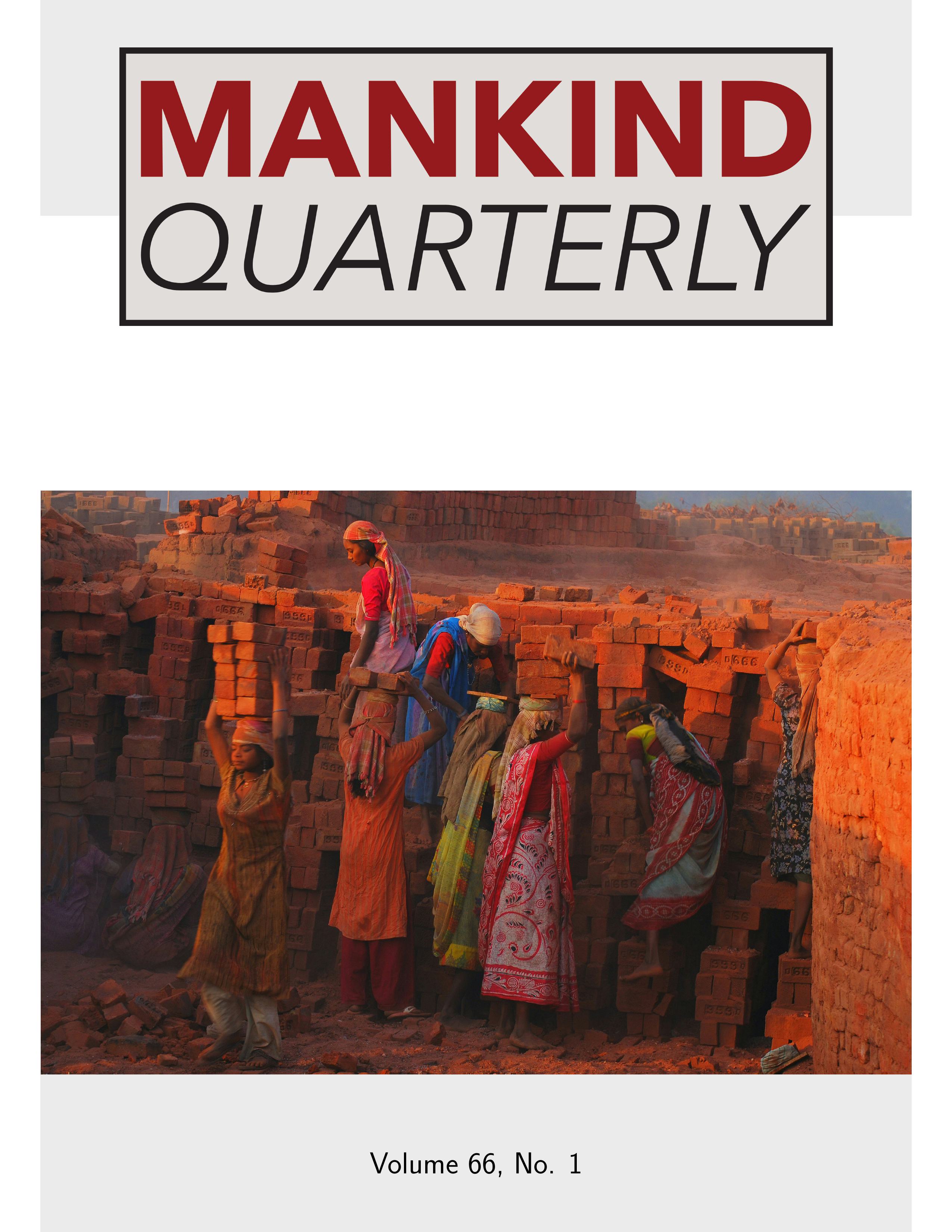Home > Archive > Volume 56, No. 3 > This paper
Great effort, interesting results, but not everything is what it seems. Caution is required.
Carmen Flores-Mendoza and José Aparecido Da Silva
Published: 2016/03/01
Abstract
In order to analyze the possible mediation of cognitive abilities in the relationship between SES and race, Fuerst and Kirkegaard (2016) consulted numerous databases. The result was an 81-page paper presenting careful analyses expressed in 58 tables and 26 figures; no doubt, a great effort was made. In addition, in order to achieve transparency and truthfulness in their analysis, the authors have challenged readers to analyze data on their own. Fuerst and Kirkegaard probably were inspirated by other studies with similar “macroeconomic” theory as the study of Ashraf and Galor (2013), where the following can be read: “…the level of genetic diversity in each country today (as determined by the genetic diversities and genetic distances among its ancestral populations) has a nonmonotonic effect on income per capita in the modern world” (p.43). In case of the Fuerst and Kirkegaard study, the overall picture that comes from their results is: whatever geographic environmental predictor is considered in regression models, whether poorly controllable by human action (e.g. cold climate, temperature, latitude, altitude, hours of sunlight) or more easily controlled (e.g. parasite load, STD, HIV), the strongest predictor of cognitive abilities and socioeconomic outcomes is racial ancestry, specifically European ancestry.
Download PDF
